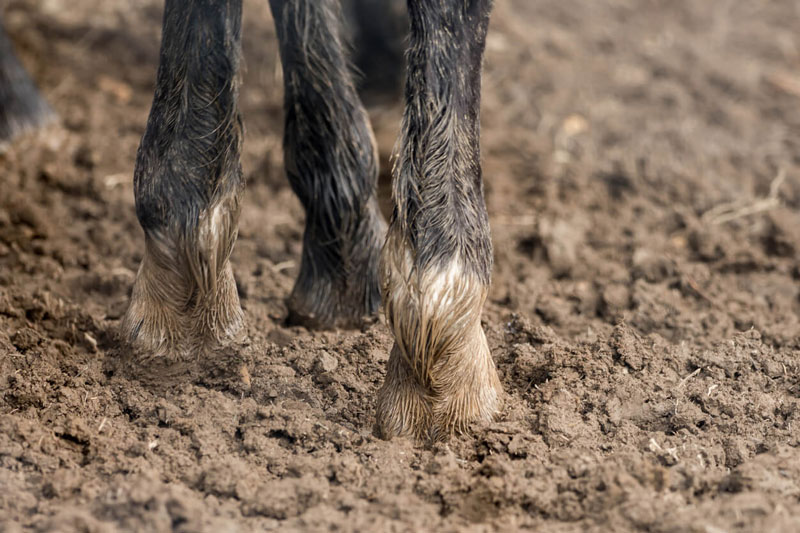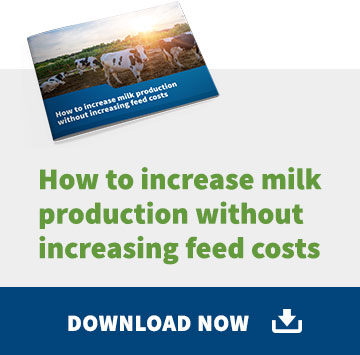Rain – you can’t farm without it, but if you get too much you can’t farm with it either. And when you do get a break in the weather, the contractors and their agricultural machinery can be racing to repair damaged pastures before the next deluge arrives.
One of the main forms of pasture damage from too much rain is soil pugging. This occurs when wet soil gets excessively trampled by stock. All those hooves break down the soil structure, leaving it compacted, which severely reduces drainage and leads to even more damage.
Severe pugging can cut pasture growth by as much as 80 percent, significantly reducing silage and hay yields. The compromised drainage leads to more topsoil and contaminants running off into waterways. Nutrients such as potassium, sulphur and nitrogen leach from the soil.
At its worst, pugging can lead to major animal health problems, including mastitis, lameness and pregnancy toxaemia.
Checking your soils
To get a clear idea of how much pugging your farm has, walk each paddock with a farm map for reference and mark in any damaged areas. This will allow you to estimate the area of damage.
You also need to assess how much the soil has been damaged. If you dig into the damaged areas you will be able to see how compacted the soil is. Get a comparison by digging in an undamaged area. Another indicator of compaction is water not draining away.
Repairing your pasture
If your research tells you your pasture needs rehabilitating, there are several factors to consider before calling in the contractors. The first is timing – pasture being repaired is pasture out of production, so what are your feed needs for the next few months, and can you cover the lost production by buying in fodder? Or would it be better to hold off until stock numbers reduce?
As with most things in farming, the timing is also a roll of the dice with Nature. The rains that caused the problem are now the rains you need to fix it. So take plenty of advice from those that know the local weather.
Another factor to consider is how good the pastures were before they got pugged. If there were any issues such as poor soil fertility or drainage, there is no point spending money on fixing the pugging without fixing these issues at the same time.
Our pastures play a big part in giving New Zealand farm produce its enviable international reputation. That’s why it is important to pay attention to the health of your soil. So grab a farm map and go for a walk.





